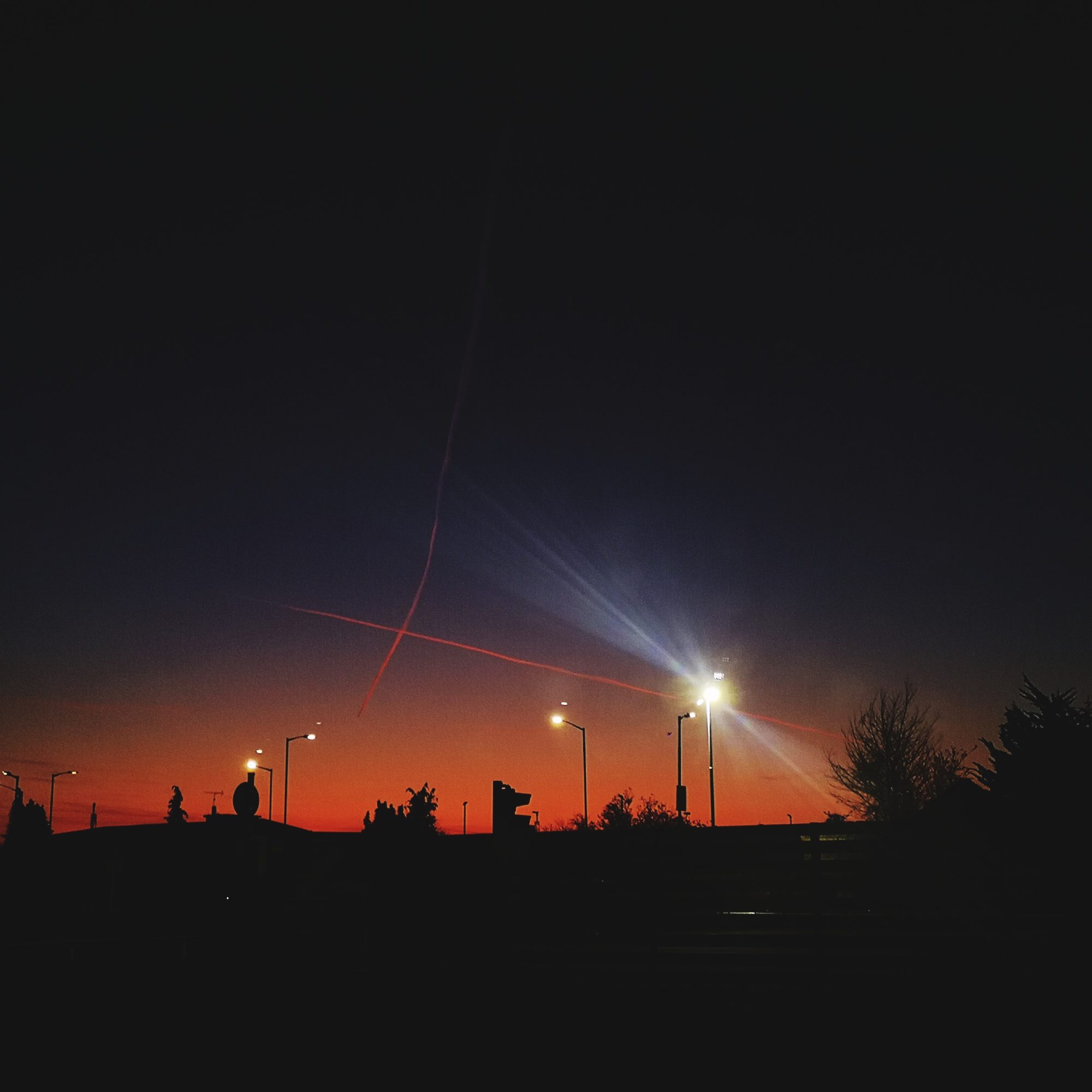I still remember the first night I spent stargazing. A flimsy telescope in one hand, a tattered astronomy book in the other. There’s something about those glimmering celestial bodies that hooked my curiosity and fascination on sight. Have you ever felt that innate connection with the cosmos?
As an astrophotographer, you don’t just admire the night sky— you capture it. And guess what? Those bright, crystal-clear images of stars and galaxies far, far away are not exclusive to Hubble Space Telescopes. With the right techniques and equipment, you too can own a piece of the glorious universe.
The Magic of Astrophotography
Astrophotography is a specialized genre of photography dedicated to capturing the night sky and celestial events. Believe it or not, every year, over 350,000 photos of space are taken by amateur astrophotographers across the world.
Imagine this: ‘It’s freezing outside. You gear up, set up your camera, point it skywards and wait. In the astounding silence of the night, even time seems to hold its breath. And then, as you press the shutter release, there’s that exhilarating sense of victory. You’ve captured a moment of cosmic magic that’s light-years away.’
Similar to drone photography, astrophotography presents challenges aplenty. It demands patience, precision and at times, nights of effort. Yet, the result is nothing short of miraculous!
Stars, Cameras, Action!
As with any genre of photography, the right equipment is key to capturing the perfect shot. Of course, the foremost instrument for any astrophotographer is a sturdy, reliable camera. A DSLR or mirrorless one with the ability to adjust ISO and shutter speed would suffice for beginners.
Here’s something you didn’t see coming: ‘Your cousin, a professional photographer, suggests, “How about using that extra sensitive full frame camera of yours?” And suddenly, it dawns on you. Astrophotography is not just about the stars, it’s about the camera sensor’s ability to perceive light that our naked eyes can’t. Nowadays, even some smartphones are fitted with powerful cameras capable of capturing luscious starlit landscapes.’
Don’t underestimate the support system, aka, the tripod. A sturdy tripod is essential to keep your camera steady for prolonged exposure. Star tracker or equatorial mount can also be a game-changer but let’s keep that for our advanced lessons.
Lens Matters
Lenses, for any photographer, are like magic wands. In astrophotography, they aid in capturing wide star-filled skies or focusing on particular celestial bodies. A wide-angle lens is recommended for capturing vast expanses of the starry sky. For specific objects like distant galaxies or the moon, a telephoto lens could be your best friend.
The Art of Setting Up
Once you’ve got all your gear ready, it’s time to set the stage for your cosmic play! Optimizing your camera settings according to the scenario is a vital aspect of astrophotography. For beginners, it’s often suggested to start with a wider aperture, slower shutter speed, and a higher ISO.
‘In the field of astrophotography,’ my mentor once whimsically advised me, ‘the sky isn’t the limit, light is.’ Indeed, our biggest adversary in this celestial pursuit, ironically, is unnecessary, stray light. It can wash out the precious stars you’re trying to capture. Thus, choosing a location with minimal light pollution is instrumental for a clear, vibrant night sky image.
Let’s Shoot for the Stars!
Finally, remember astrophotography is as much of an art as it is a science; trial and error are part of the learning curve. You’re not just capturing images; you’re painting the night sky with light, making stars twinkle a little brighter with your lenses.
So, are you ready to embark on your journey to the stars? To capture the cosmos and own a bit of outer space? Because, in astrophotography, the universe is not just a creation, but a canvas.


0 Comment